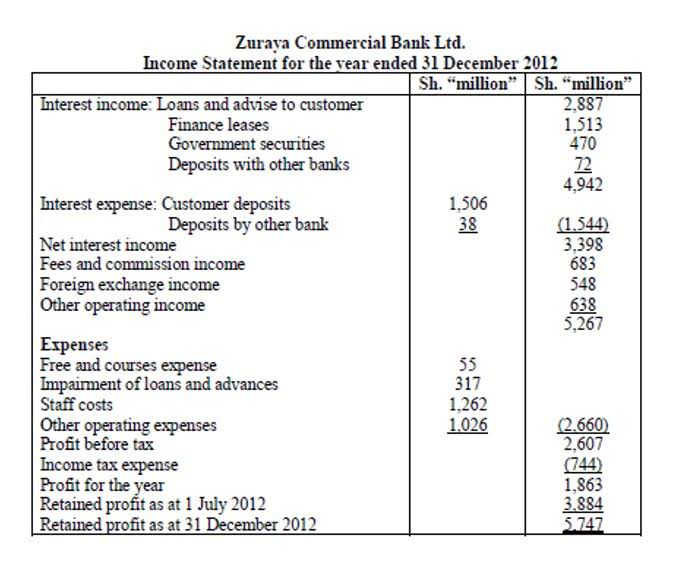
By thoroughly understanding the nature of expense normal balance your expense accounts’ debit balances, you’re primed to make strategic decisions that could benefit your tax position. For instance, timing your expense recognition to align with tax-efficient periods can optimize deductions. Just as harnessing the wind can propel a sailboat forward, mastering the flow of debit balances in your financial sails can steer you towards a more favourable tax outcome. It’s a synergy worth capturing; after all, smooth financial seas don’t just happen—they’re navigated. Tread carefully to avoid the common pitfalls where the impact of debits and credits gets muddled.
Accrued Expenses vs. Prepaid Expenses

Getting these records right matters for more than just bookkeeping. Investors and auditors look at how companies handle their prepaid expenses to gauge financial health and compliance with accounting standards. While the cash method of accounting recognizes items when they are paid, the accrual method recognizes accrued expenses based on when service is performed or received.
Credit normal balance and debit normal balance
They also memorized that liability and owner’s (or stockholders’) equity accounts normally have credit balances that increase with a credit entry and decrease with a debit entry. It was easy to accept that every transaction will affect a minimum of two accounts and that every transaction’s debit amounts must be equal to the credit amounts. The debit or credit balance that would be expected in a specific account in the general ledger. For example, asset accounts and expense accounts normally have debit balances. Revenues, liabilities, and stockholders’ equity accounts normally have credit balances. The dual nature of transactions is captured through debits and credits, the two fundamental aspects of double-entry bookkeeping.

Why are expenses debited?
Continuing our examination of the balance sheet method, assume that BWW’s end-of-year accounts receivable balance totaled $324,850. This entry assumes a zero balance in Allowance for Doubtful Accounts from the prior period. BWW estimates 15% of its overall accounts receivable will result in bad debt. It is important to consider other issues in the treatment of bad debts.
- When you join PRO Plus, you will receive lifetime access to all of our premium materials, as well as 14 different Certificates of Achievement.
- In reality, normal balances indicate the side of the ledger that increases the account.
- Therefore, to increase Accumulated Depreciation, you credit it.
- Every financial transaction affects an account related to assets, liabilities, or equity.
- The direct write-off method delays recognition of bad debt until the specific customer accounts receivable is identified.
- If you are new to the study of debits and credits in accounting, this may seem puzzling.
This expectation serves as a checkpoint for accountants, who can quickly verify whether an account’s balance aligns with its normal state or if further investigation is warranted. An accrued expense can be an estimate and differ from the supplier’s invoice, which will arrive at a later date. Following the accrual method of accounting, expenses are recognized when they are incurred, not necessarily when they are paid. Lastly, we discussed the concept of normalizing entries in accounting, which involve adjustments made to financial records to remove abnormal or non-recurring transactions or events. Normalizing entries help provide a more accurate picture of a business’s ongoing operations, correcting for one-time events, seasonal fluctuations, extraordinary items, and accounting errors.
Our Review on The Credit One Credit Card

Using ratios from the balance sheet, like debt-to-equity, helps compare a company’s health to others. Embrace technology too; accounting software can turn into financial guardians, casting an automated safety net for mistakes. By aligning Legal E-Billing your expense tracking with these best practices and ensuring your accounting records are kept in an appropriate format, you etch a roadmap to financial clarity and compliance. This doesn’t just ensure your books are not just a historical record, but also a beacon for forward-thinking decisions.
- Under the accrual basis of accounting, the Interest Revenues account reports the interest earned by a company during the time period indicated in the heading of the income statement.
- As a result these items are not reported among the assets appearing on the balance sheet.
- When a company incurs an expense, the relevant expense account is debited, reflecting the reduction in the company’s assets or the creation of a liability.
- Using ratios from the balance sheet, like debt-to-equity, helps compare a company’s health to others.
- For liabilities, revenues, and equities, a credit does the job.
- A liability account on the books of a company receiving cash in advance of delivering goods or services to the customer.
- Conversely, if you record a transaction on the opposite side, it decreases the balance of the account.
How Does Accrual Accounting Differ From Cash Basis Accounting?
Therefore, you should always consult with accounting and tax professionals for assistance with your specific circumstances. Accounts Receivable is an asset account and is increased with a debit; Service Revenues is increased with a petty cash credit. Accountants and bookkeepers often use T-accounts as a visual aid to see the effect of a transaction or journal entry on the two (or more) accounts involved. If a company pays the rent for the current month, Rent Expense and Cash are the two accounts involved. If a company provides a service and gives the client 30 days in which to pay, the company’s Service Revenues account and Accounts Receivable are affected. Since the purpose of the contra account is to be offset against the balance on another account, it follows that the normal balance on the contra account will be the opposite of the original account.
Normal Balances
The same rules apply to all asset, liability, and capital accounts. For the past 52 years, Harold Averkamp (CPA, MBA) hasworked as an accounting supervisor, manager, consultant, university instructor, and innovator in teaching accounting online. He is the sole author of all the materials on AccountingCoach.com. An allowance granted to a customer who had purchased merchandise with a pricing error or other problem not involving the return of goods. If the customer purchased on credit, a sales allowance will involve a debit to Sales Allowances and a credit to Accounts Receivable.
That total is reported in Bad Debt Expense and Allowance for Doubtful Accounts, if there is no carryover balance from a prior period. If there is a carryover balance, that must be considered before recording Bad Debt Expense. The balance sheet aging of receivables method is more complicated than the other two methods, but it tends to produce more accurate results. The balance sheet method (also known as the percentage of accounts receivable method) estimates bad debt expenses based on the balance in accounts receivable. The method looks at the balance of accounts receivable at the end of the period and assumes that a certain amount will not be collected. Accounts receivable is reported on the balance sheet; thus, it is called the balance sheet method.

